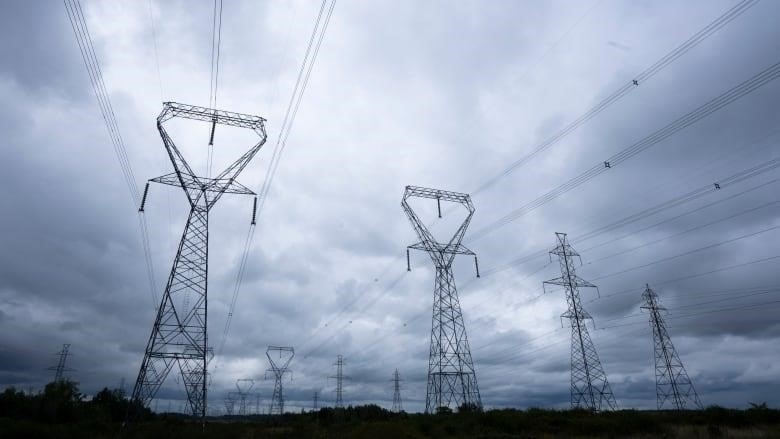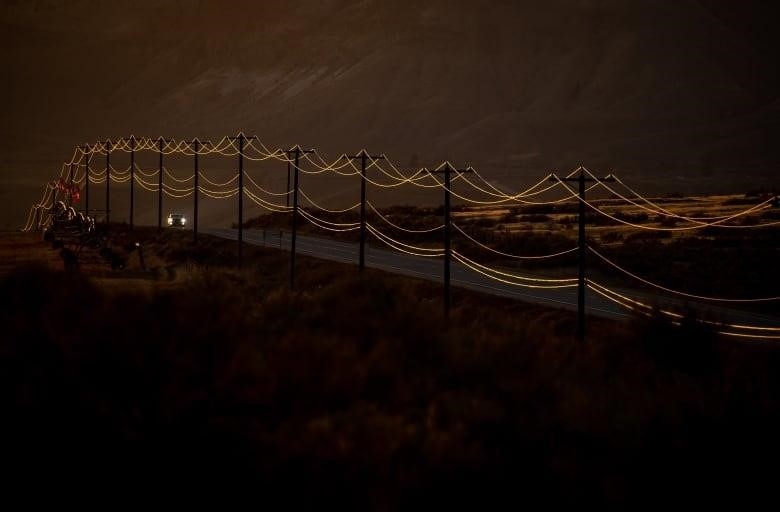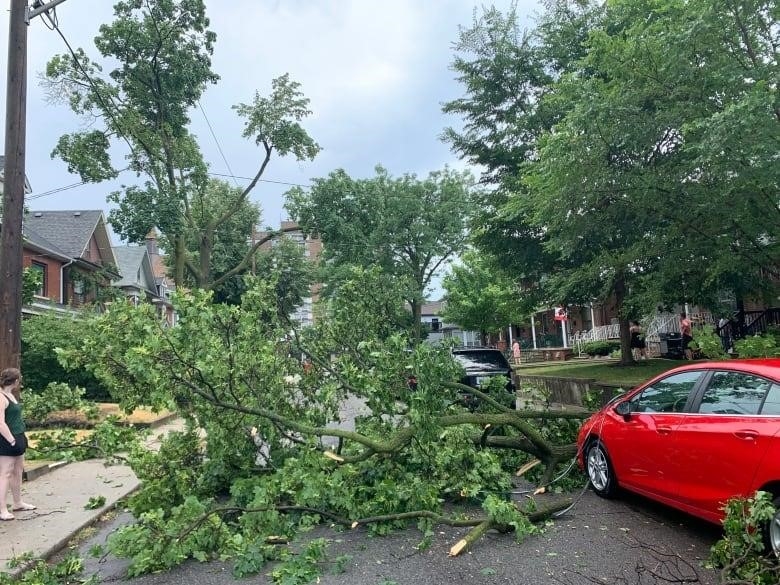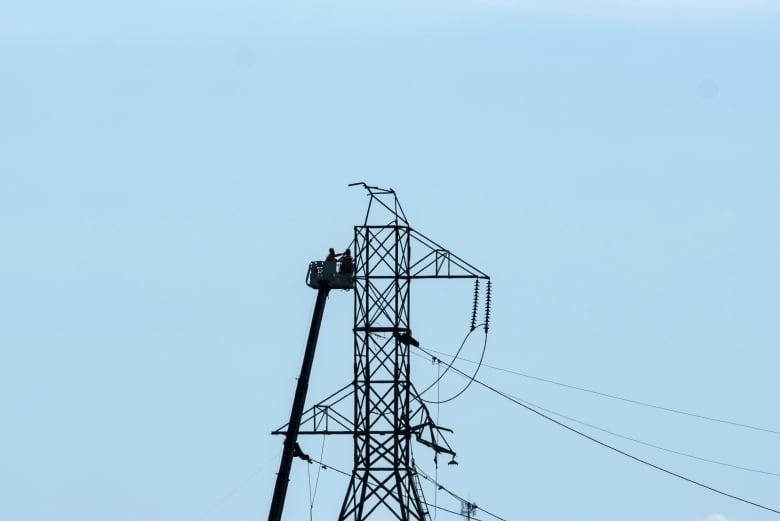
During the pandemic, there were more close calls with power lines in B.C. and Ontario
Electrical safety advocates want people to be careful this summer when they are having fun or working on their homes.
In Ontario, the number of people who have come into contact with power lines has gone up sharply in recent years, especially during the height of the pandemic.
Patrick Falzon, a power line safety expert with Ontario’s Electrical Safety Authority (ESA), says that between 2012 and 2018, the province saw an average of 16 to 20 of these kinds of incidents each year.
But since then, those numbers have been going up much more.
Falzon said, “In 2019, we had 75 power line contacts.” This number includes both close calls and accidents in which people were hurt.
In 2020, that number went up to 82, but in 2021, it went down to 67. We don’t yet have the numbers from last year.
It’s not clear exactly why the number of reported cases has gone up, but some of it may be because people have been staying home more during the pandemic.
Falzon said, “What ended up happening is that people were stuck in their homes or on their land, so homeowners decided to take on do-it-yourself projects.”
If precautions aren’t taken, these projects could hit power lines, whether they are above or below the ground.
Trees and vegetatio
Utility companies have to deal with trees and other types of vegetation, and they make plans to do so.
Falzon said that the utilities in Ontario have to do that for the lines they own.
Daniel McNeil, a corporate spokesperson for Toronto Hydro, said in an email that the big city’s electric utility “is responsible for maintaining trees and vegetation around its equipment.” To do this, in addition to emergency work, it uses a planned pruning cycle.
Still, the ESA’s website has tips for staying safe when caring for trees and doing landscaping work at home.

People living anywhere in Canada where there are power lines should think about these safety issues. They are also taken into account by other utilities.
In the first year of the pandemic, “backyard logging” incidents were reported by B.C. Hydro to have increased by 30%, which was a cause for concern. At that time, people were doing a lot of work on their homes and properties, just like they were in Ontario, and dozens of people came close to hitting power lines. Susie Rieder, a spokesperson for B.C. Hydro, says that since that time, this increase seems to have gone down.
Call before you di
Even though homeowners have heard this before, it’s important to say it again: call before you dig.
The safety-minded mantra means that you should call in experts to help you figure out where things like buried power lines or gas lines are on a given property.
This is important to know if you want to put up a fence, add a tree or shrub to a yard, or do any other work that requires digging, whether at home, a cottage, or somewhere else.
“Always do a locate and make sure you’re not contacting anything you might not be aware of,” said Brooke Fraser, a customer operations manager for Hydro One.
Homeowners in Ontario can call Ontario OneCall, which is a service that connects people who want to dig with infrastructure owners. The infrastructure owners will then mark the locations of buried lines, pipes, and cables. Anyone who wants to dig in British Columbia needs to call BC 1 Call first.
Manitobans can contact Click Before You Dig MB to find out about buried utility hazards and how to avoid them.
Bruce Owen, the media relations officer for Manitoba Hydro, says that since “more and more stuff” is being put underground, this call will have to be made in the future.
Stay sharp after storm
Fraser, who works for Hydro One, said that people should also know how to stay safe after summer storms.

“You might not always be able to see the downed power lines that the trees have brought down,” Fraser said.
Fraser and other safety advocates tell people that if they see a downed line, they should stay away and always assume that the line is still live.
“Don’t second-guess it,” she told him. “Stay away, and make sure you call the police to make that situation safe.”
Keep away from line
People coming into contact with power lines has been the cause of many sad stories over the years.
Deaths or injuries have happened during activities that seem harmless, like when kids are playing outside or when adults are doing other fun things.
Keeping this in mind, it’s important to think about where the power lines are when setting up for these same activities.
Fraser said, “Sometimes the places where these infrastructures are aren’t ideal.”

Fraser said that a family might want to put up a swing set or other play equipment, but before doing so, it’s important to know what risks there might be and to make sure that any leisure activity takes place in a safe place.
Deadly consequence
Getting too close to a power line while doing something fun can happen in different ways, but the problem usually happens when someone doesn’t see the danger.
Falzon from the ESA talked about something that happened last year in Ontario with a man flying a drone. The thing got stuck in a tree, which was next to an invisible power line.
Falzon said, “There was a lot of vegetation around it.”
The person used something with a long reach to try to get the object. Because of the contact with the power line, that person died.
Falzon said that the same kind of danger could happen with other tools, gadgets, or toys in the same kind of situation.
“Look up and look out” is what he says you should do to stay safe.
Owen from Manitoba Hydro said the same thing.
“Take that second to look up,” Owen said, stressing again how dangerous it is to touch a line because you could die.
